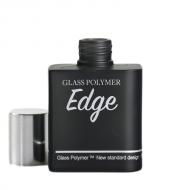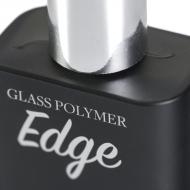Screen Printing
Screen printing is a quite widely used technique of printing, based on squeezing the ink with squeegee through the uncovered meshes of net spread on a frame. This method originates from the so called stencil painting that was known in ancient times in China and Japan.
The screen printing technique has many advantages that enable its application in a broader area than in case of other printing techniques. Screen printing does not create any limitations – neither when it comes to the material, nor to the shape of object that is to be printed on. This is why it can be used on various surfaces: flat, oval, round, cylindrical or conical. Moreover, screen printing gives a possibility to apply relatively thick layers of ink..
Screen printing is considered to be quite a durable and relatively cheap technique. It enables unicoloured and multicoloured printing. One can decorate plastics, metal, cardboards or foils with this technique.
The print skin has a form of a rectangular frame, usually made of aluminium, with a net that is spread on it (made of nylon, polyester or metal) with a template. Template is a hardened photosensitive surface that is not permeable to ink and constitutes a negative picture of the printed pattern. The uncovered meshes of the screen printing net that are permeable to ink are the printing part.

















